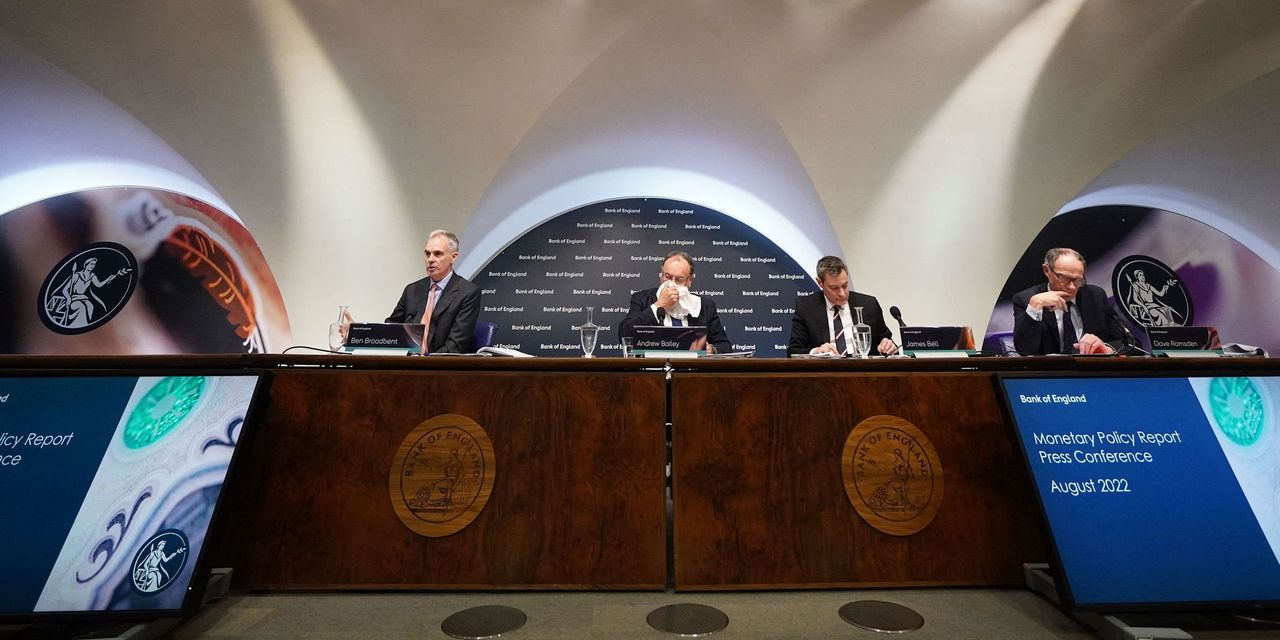Volatility in the ordinarily sedate world of bonds climbed this week to one of the highest levels since the 2007-2009 financial crisis and recession.
The ICE BofA MOVE Index, which tracks fixed-income volatility, soared to 158.12 on Tuesday, the most recent data available, according to Refinitiv. That’s the highest reading since 2009, with the exception of a brief spike to 163.70 on March 9, 2020, which was “arguably the worst market day” during the onset of the COVID-19 pandemic, Jim Bianco, president of Bianco Research, wrote on Twitter Tuesday.

Source: Bloomberg, Bianco Research
Tuesday’s action in the MOVE index was accompanied by an aggressive selloff in U.S. Treasurys, which pushed the 10-year
TMUBMUSD10Y,
and 30-year
TMUBMUSD30Y,
rates to their highest levels since April 6, 2010, and Jan. 9, 2014, respectively.
Behind the recent mayhem in bond markets is the expectation of further interest-rate hikes by many central banks to curb inflation, which has prompted investors to aggressively sell off government debt and pushed yields higher. On Wednesday, however, selling eased as buyers returned after the Bank of England took emergency action to curb a crisis in its government-bond market by pledging to buy long-dated securities at “whatever scale is necessary.”
“Clearly, the U.K. bond market was getting disorderly and you don’t do limited quantitative easing — when inflation is running as high as it is — unless something is in the process of breaking. To me, it’s the U.K. bond market that is one of the things that’s breaking,” said Mark Heppenstall, chief investment officer of Penn Mutual Asset Management, which manages more than $31 billion from Horsham, Pa.
On Wednesday, the yield on the 10-year gilt BX:TMBMKGB-10Y, the U.K. counterpart to Treasurys, plunged 44 basis points to 4.072% after the Bank of England intervention. U.S. Treasury yields also fell across the board, with the 10-year rate pulling back to 3.78%.
The pullback in yields was credited with lifting U.S. stocks, which were seen as deeply oversold coming into Wednesday’s session after a six-day losing streak that sank the S&P 500
SPX,
and Dow Jones Industrial Average
DJIA,
to levels last seen in November 2020. The Dow was up nearly 260 points, or 0.9%, while the S&P 500 also gained 0.9%.



